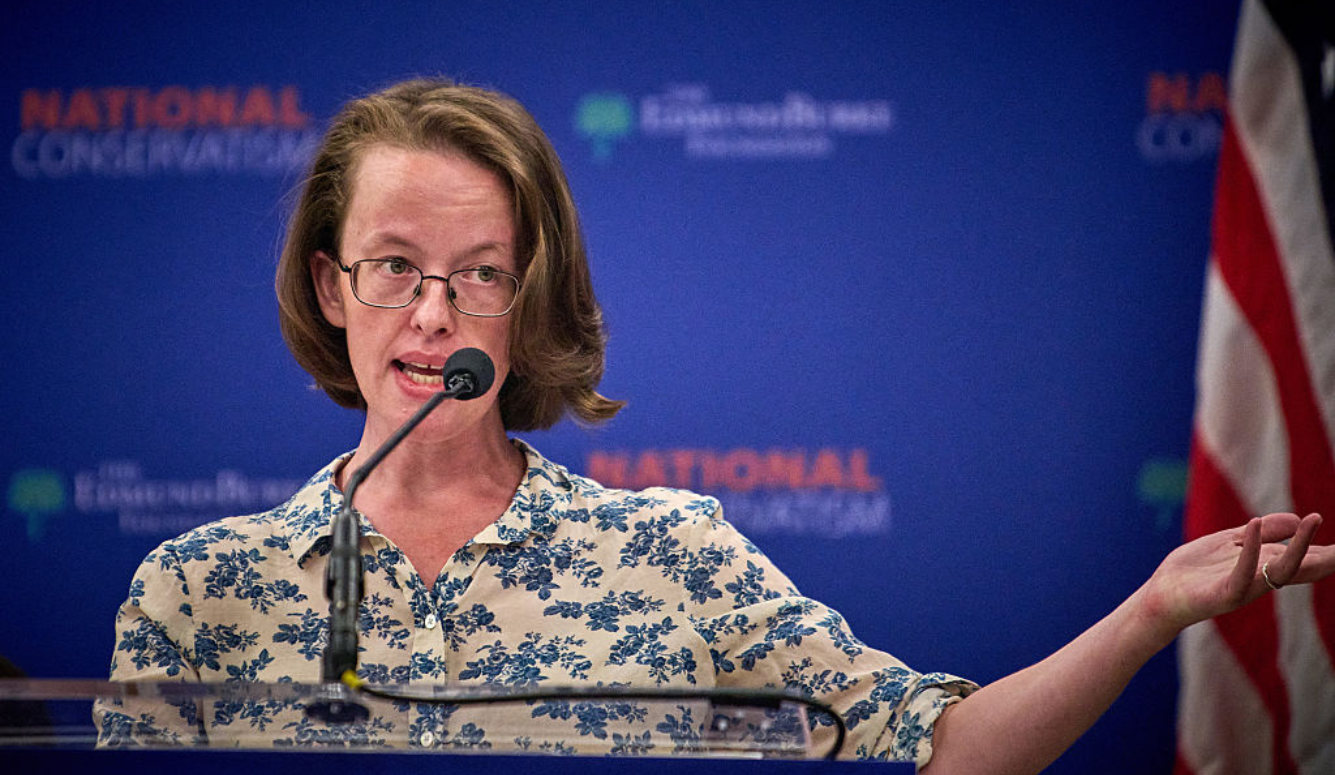Sex
The Problem with Polygyny
Society should favour the tried-and-true norm of monogamous marriage, which is the most fecund arrangement, most likely to produce children in the kind and quantity we need.

Men who have lots of babies with lots of different women seem to be having a moment right now. Between Elon Musk’s outspoken pronatalism and Andrew Tate’s penchant for sexual aggression, it’s easy to see how somebody might think that we may be about to enter a new social phase: the death of monogamy. And indeed, it’s trivially easy to find discussions of emergent polygyny in the more manospheric corners of Reddit and in incel Discord servers, which describe “Chads” with numerous sexual partners as just one manifestation of this dynamic.
This all raises an interesting question for a demographer like me: is polygyny the future? Will we see, as we did during the expansion of steppe ancestries in the Bronze Age, a dramatic increase in the inequality of male reproductive success, with a few men having dozens of children by many women, while twenty, thirty, or perhaps even fifty percent of men have no descendants at all?
Humans have pretty much always been monogamous. We’ve been coupling up since before we were even humans. We know this from numerous different sources. Across mammalian species, the ratio of male-to-female body mass is a strong predictor of the intensity of male competition for mates, which in turn is a strong predictor of whether males tend to be monogamous or polygynous. Humans have male-to-female body mass ratios most like those of other monogamous primates. Likewise, animal species in which single alpha males maintain harems of females tend to have prominent built-in weaponry: horns, antlers, claws, extra bone plates on the skull, extremely sharp teeth. Humans have none of that. Instead of claws, we have fingernails that break easily, and hunter-gatherer communities rarely even show ethnographic evidence of boxing traditions: humans appear to be physically adapted not to fight to the death over mates. There is more such biophysical evidence: human testosterone levels, penis sizes, sex ratios at birth, and displays of aggression all support the idea that humans have been more-or-less monogamous for as far back in our genetic record as one can go, probably even before the advent of Homo sapiens.
Modern genetics can tell us approximately how many independent mitochondrial DNA and Y-chromosomal lines left descendants in the human genetic record at different time periods over the past 150,000 years. We can calculate the ratio of these, and thus know how many breeding men there were per breeding woman at any one time. For modern genetic databases, the ratio is around 2–3 mtDNA lines per Y-chromosomal line. For the period between 150,000 and 60,000 years ago, the ratio was also around 2–3 mtDNA lines per Y-chromosomal line. The ratio rose to about 3–4 around 60,000 years ago and remained there until about 20,000 years ago. Then it took off like a rocket. By about 4,000 BC, there might have been as many as 12–20 mtDNA lines per Y-chromosomal line. Since 4,000 BC, however, that number has dropped back to the levels we observe today.
So, what happened? During the Upper Palaeolithic period, there were rapid developments in a wide range of human technologies, including weapons. This period saw a massive improvement in the quality of stone blades, and the proliferation of projectile weapons like atlatls and bows. At the same time, a separate line of genetic evidence shows that the average age of fatherhood declined sharply. The revolution in weapons technology made roving males vastly more lethal and dangerous than they had been before. These men did what men with massive superiority in violent capabilities do: they killed other men and acquired harems. Where mobile human societies retained major advantages, polygyny lasted longer: even today, polygyny is most common in pastoralist and nomadic societies, and polygyny was most extreme in nomadic, pastoralist societies 6,000 years ago as well.
This period left a major genetic imprint on modern humans, of course. But the rapacious men of 6,000 years ago weren’t breeding with equally rapacious women: they bred with monogamous women, who perpetuated ancient genes for monogamy. Today, then, while you carry plenty of DNA from marauding Palaeolithic and Iron Age pastoralists who hunted for brides, more ancient ancestry predominates. You still share most of your genes with humans from 20,000 years ago, at the dawn of the explosion in polygyny.





